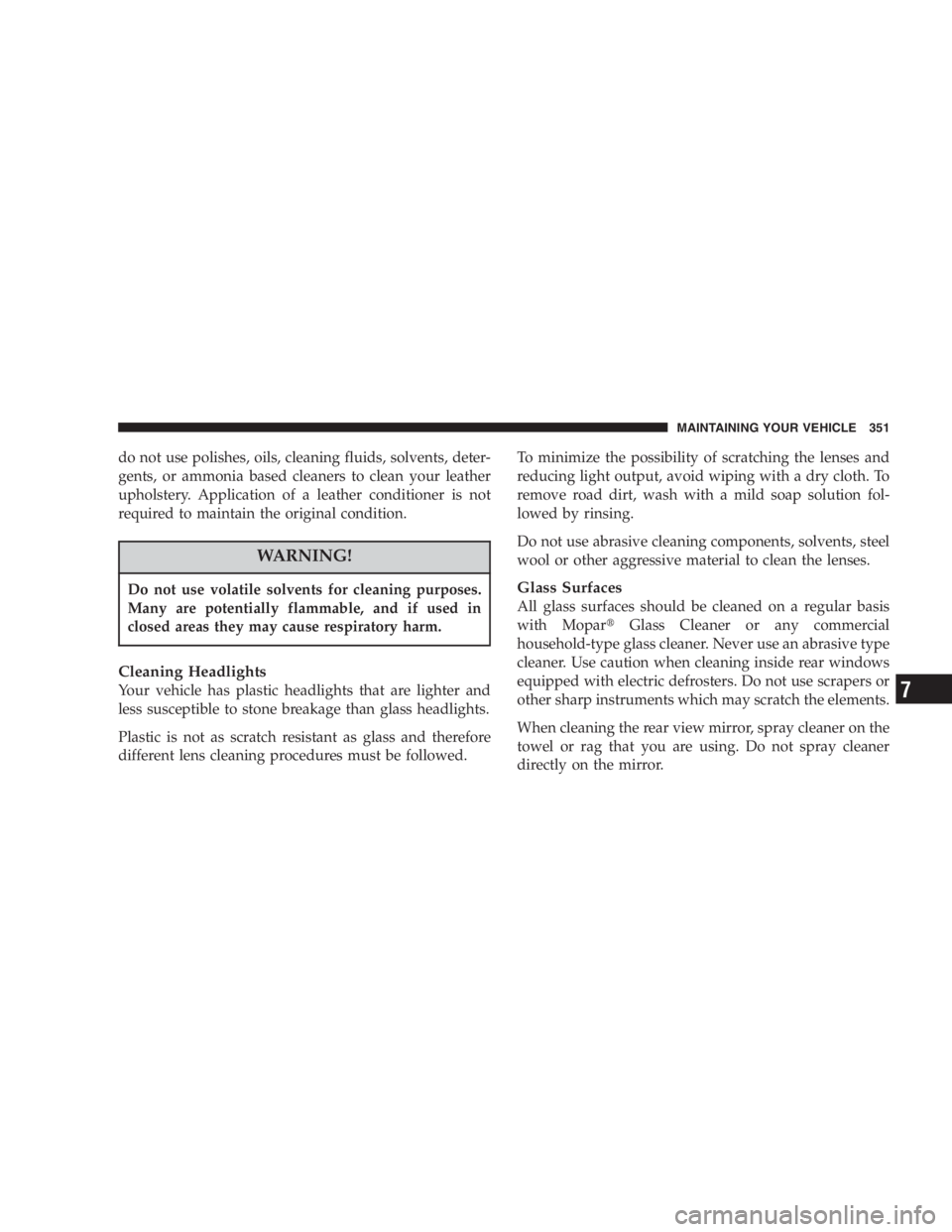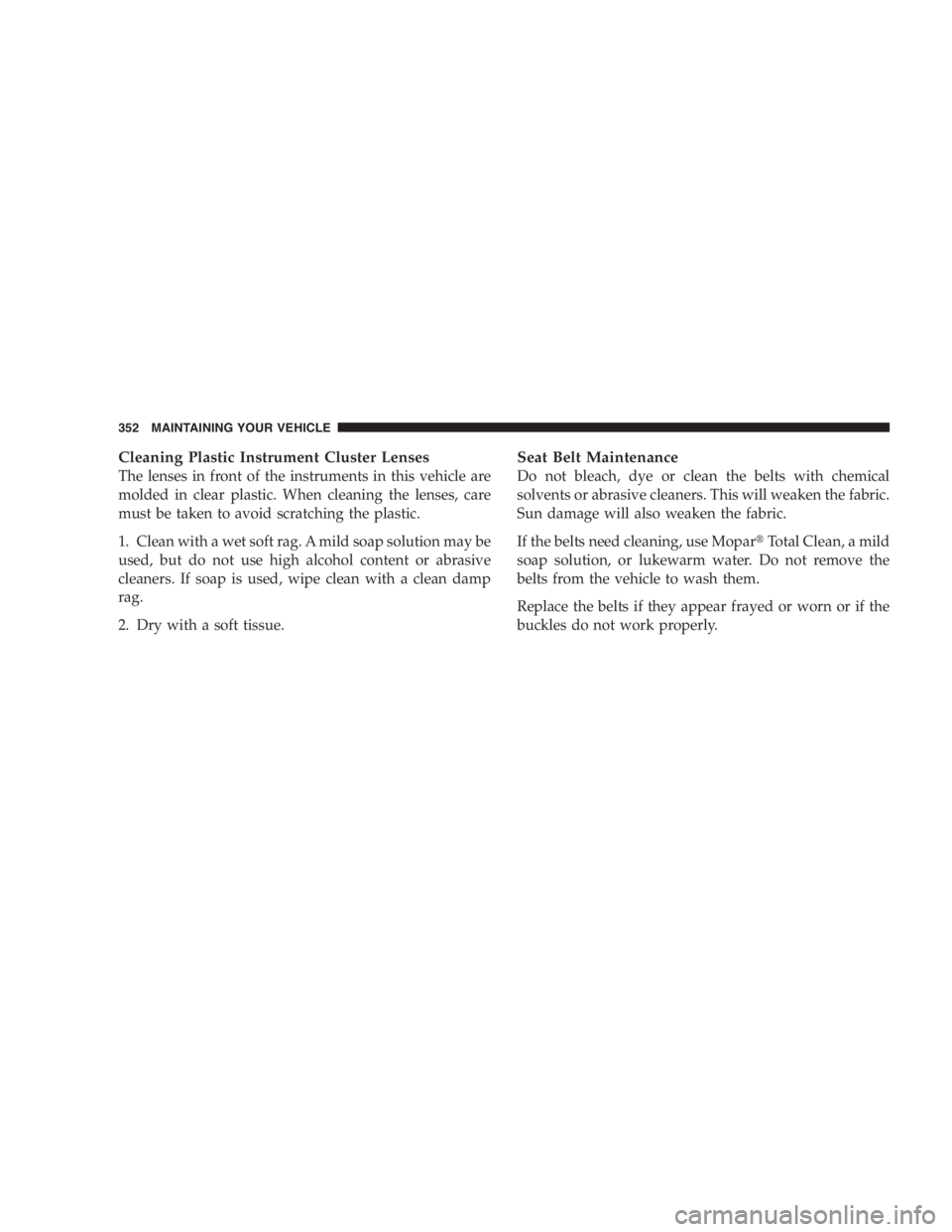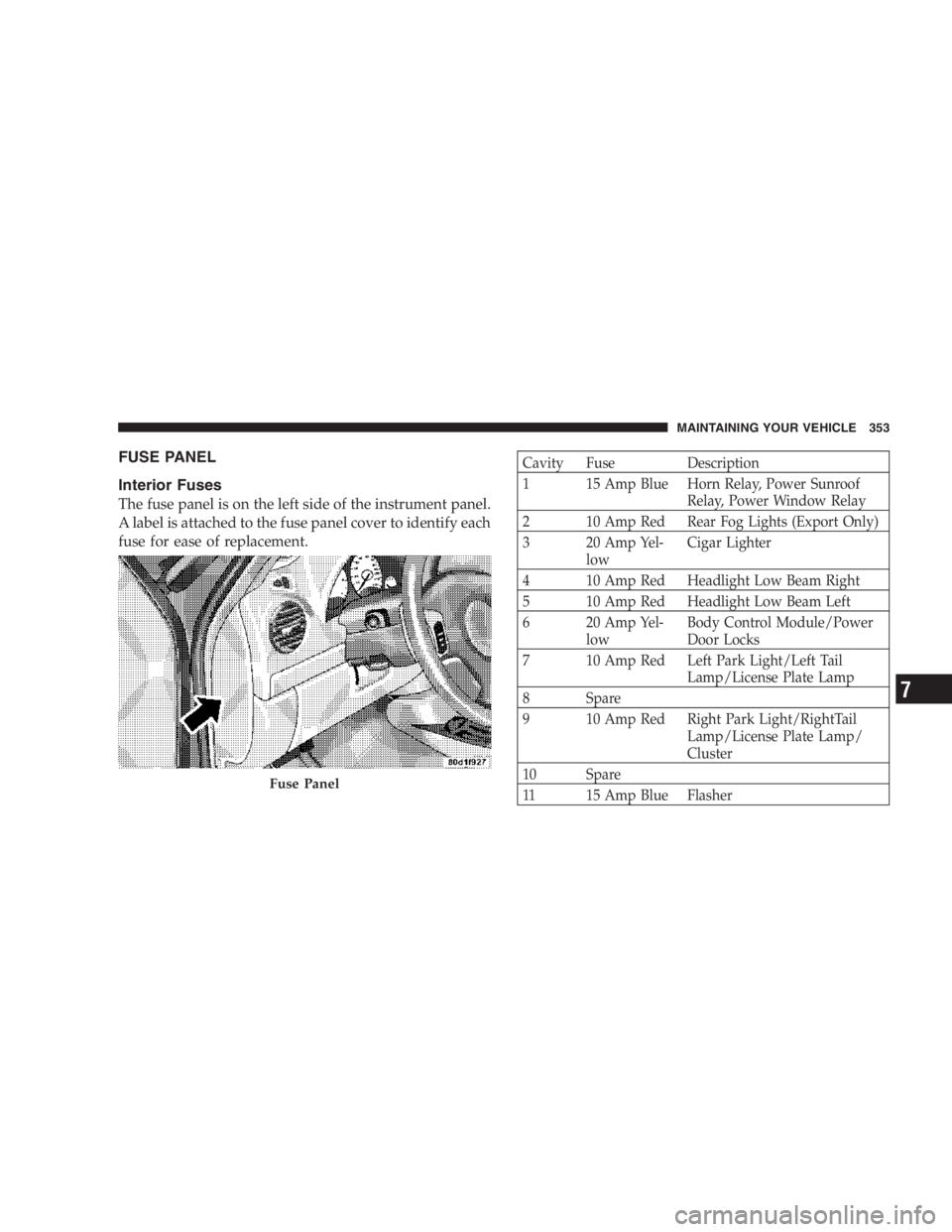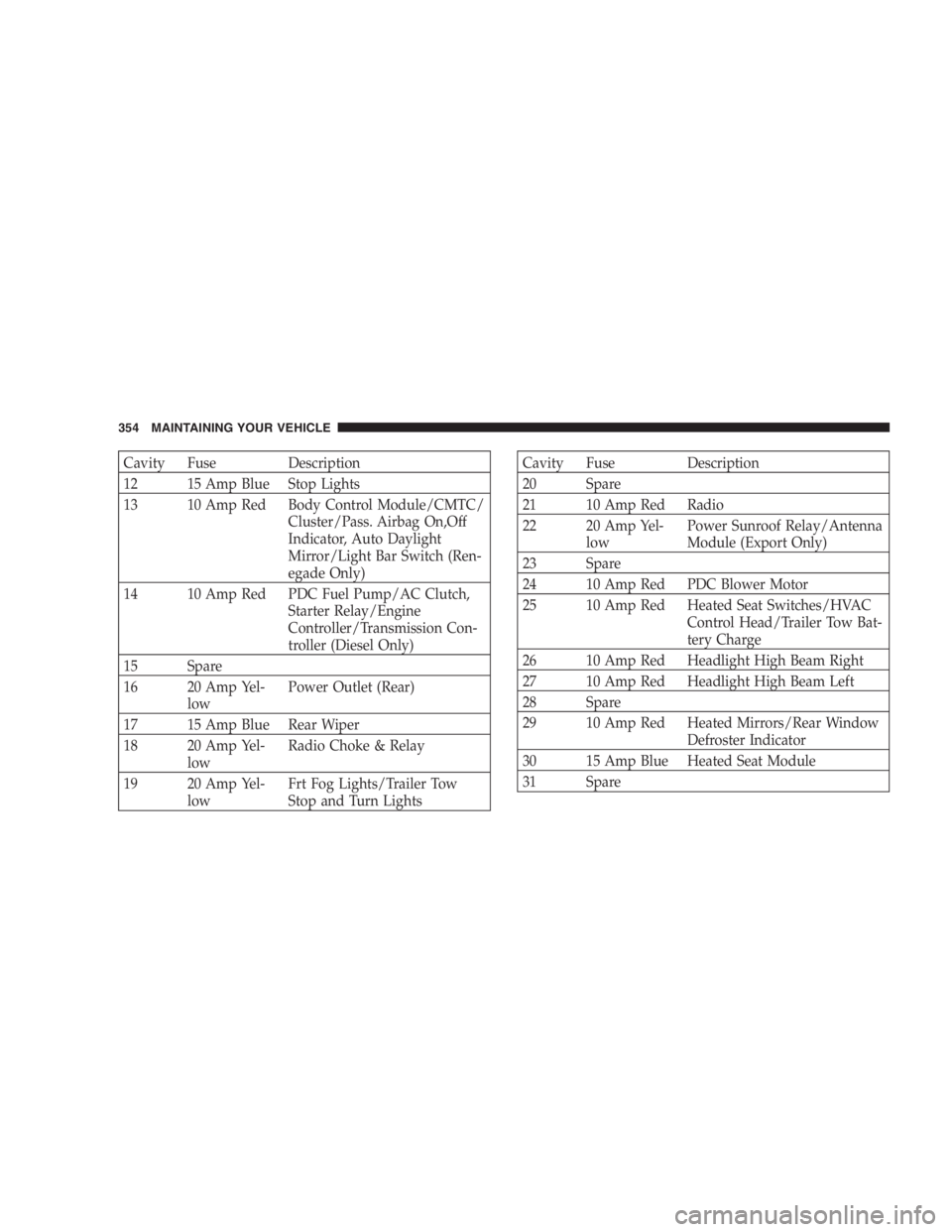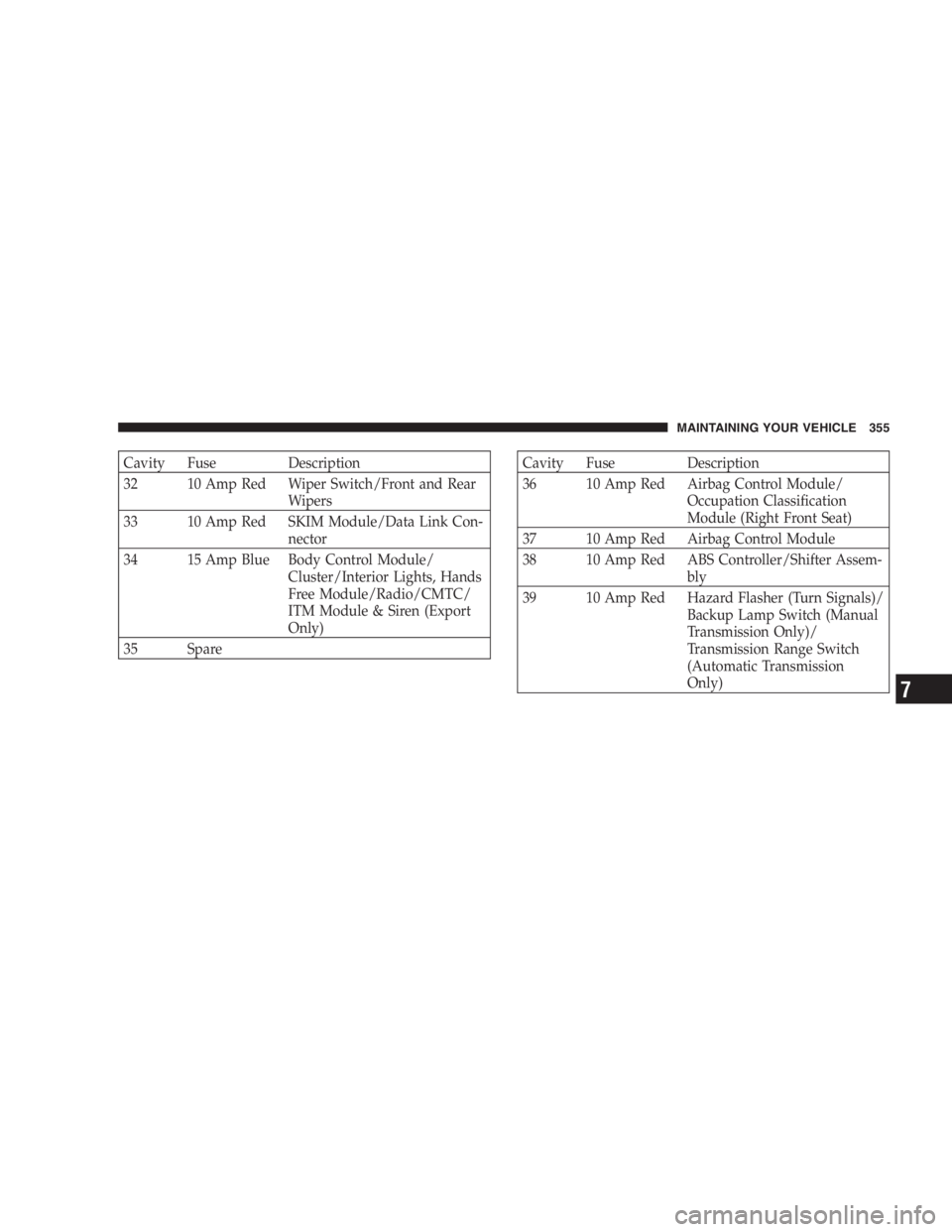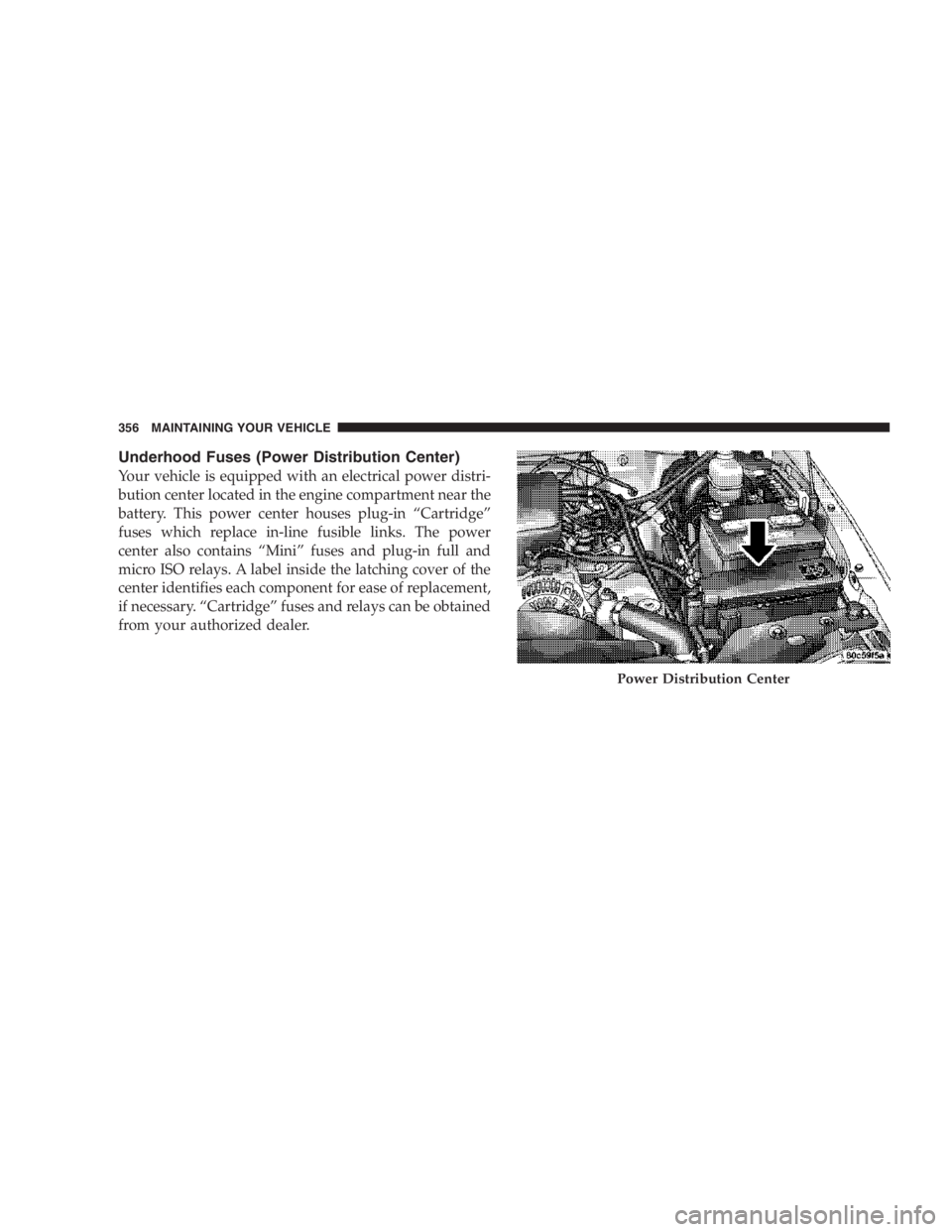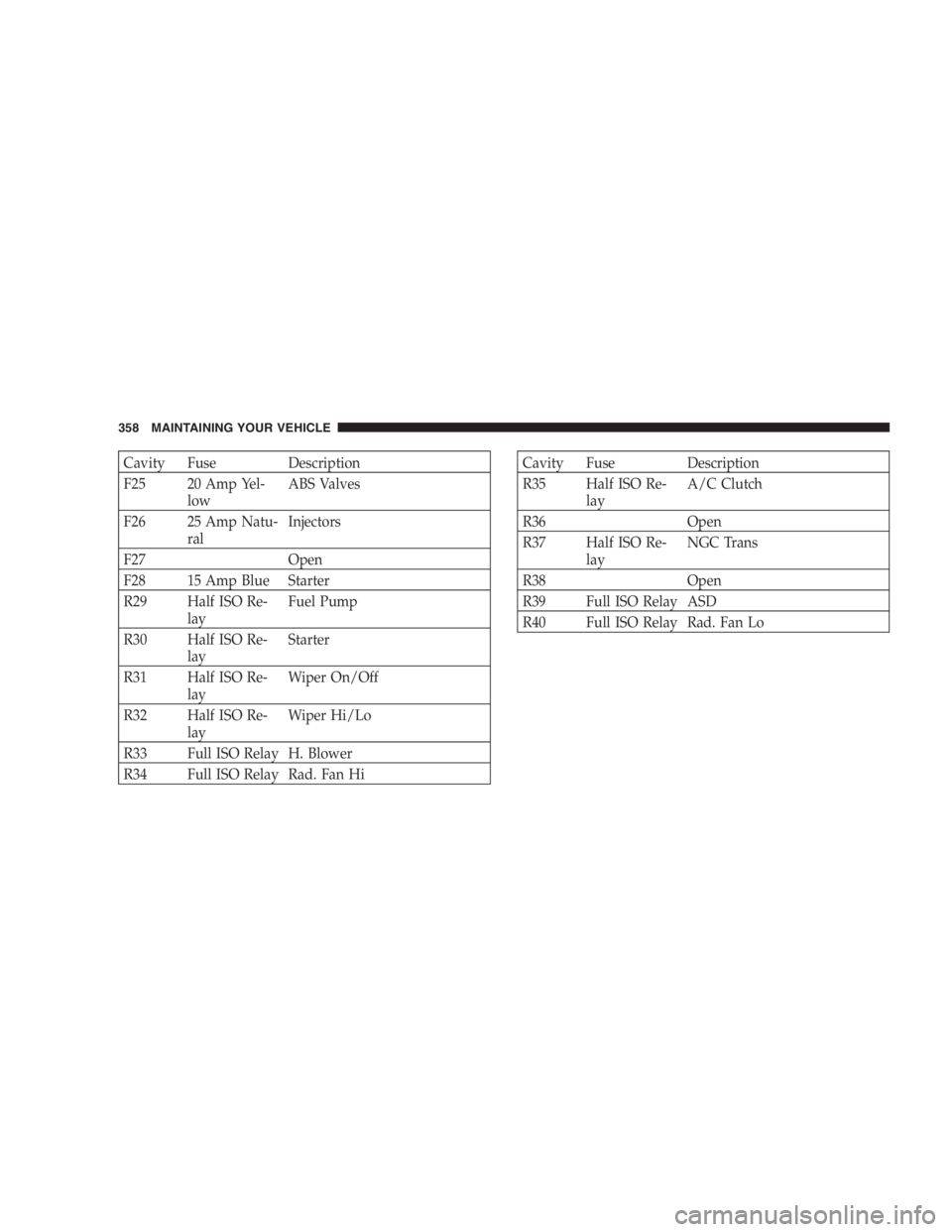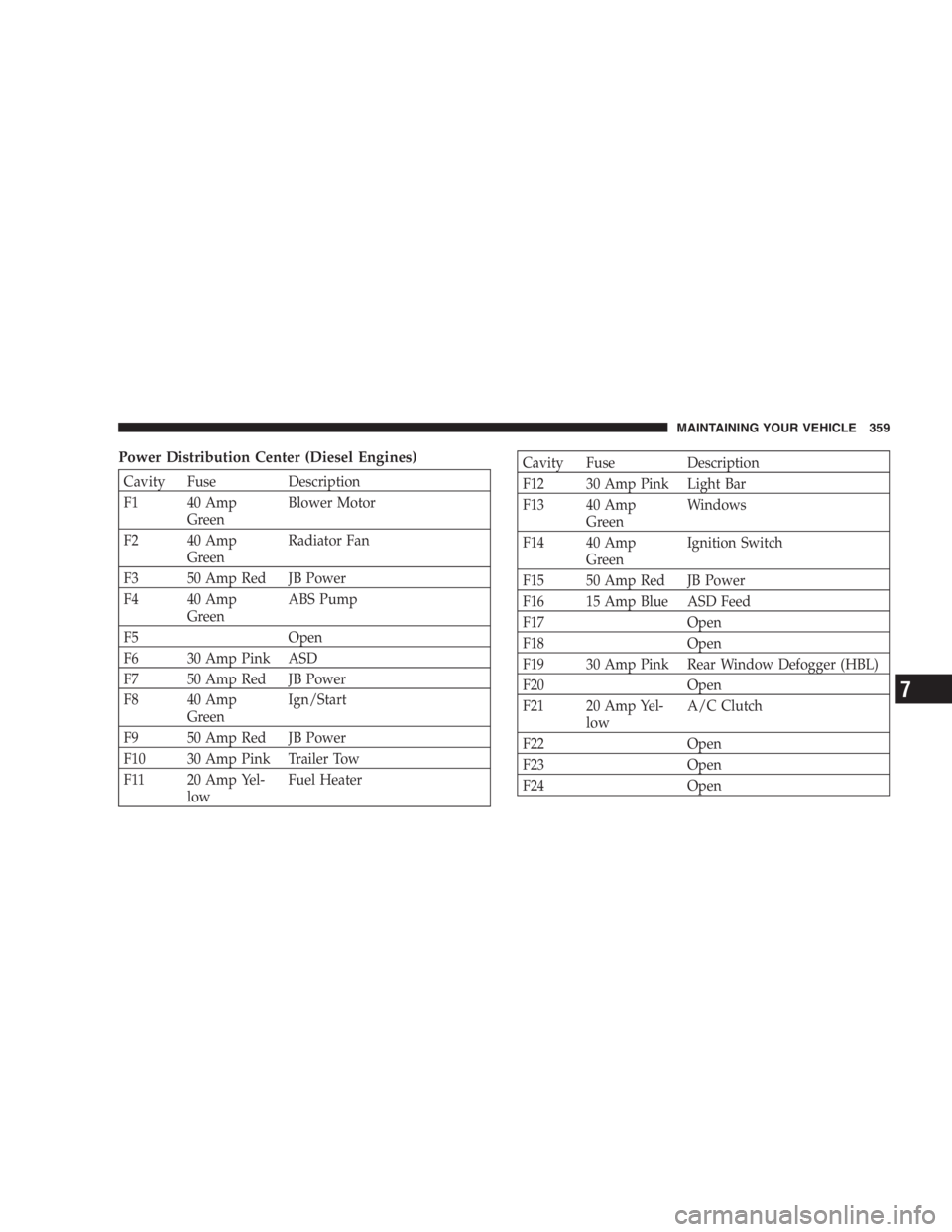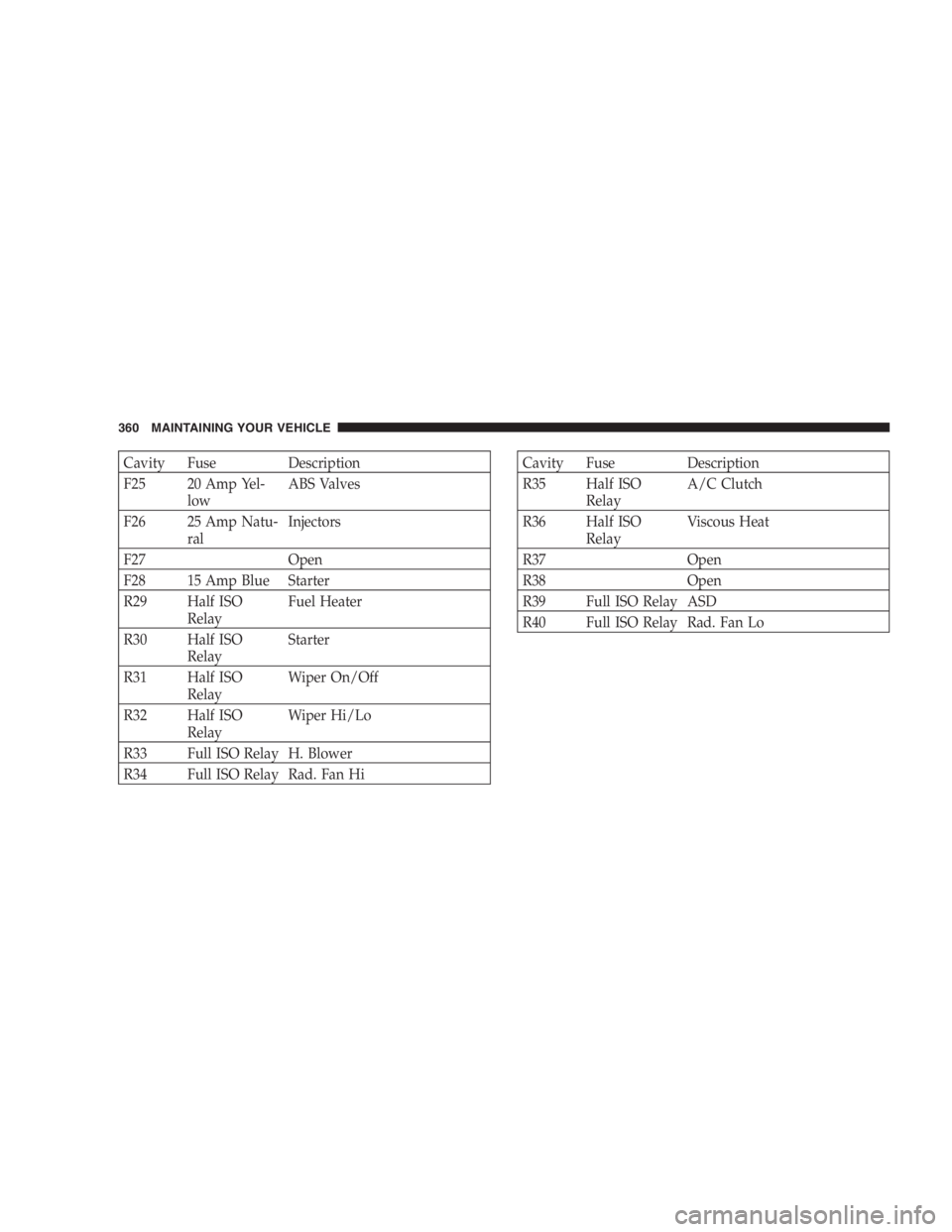JEEP LIBERTY 2007 Owners Manual
LIBERTY 2007
JEEP
JEEP
https://www.carmanualsonline.info/img/16/55999/w960_55999-0.png
JEEP LIBERTY 2007 Owners Manual
Trending: suspension, coolant temperature, ECU, power steering, power steering fluid, warning lights, sensor
Page 351 of 1251
Page 352 of 1251
After inspecting or adjusting the tire pressure al-
ways reinstall the valve stem cap–if equipped. This
will prevent moisture and dirt from entering the
valve stem, which could damage the valve stem.
Page 353 of 1251
High speed driving with your vehicle under maxi-
mum load is dangerous. The added strain on your
tires could cause them to fail. You could have a
serious accident. Don’t drive a vehicle loaded to the
maximum capacity at continuous speeds above 75
mph (120 km/h).
Combining radial ply tires with other types of tires
on your vehicle will cause your vehicle to handle
poorly. The instability could cause an accident. Al-
ways use radial tires in sets of four. Never combine
them with other types of tires.
Page 354 of 1251
Fast spinning tires can be dangerous. Forces gener-
ated by excessive wheel speeds may cause tire dam-
age or failure. A tire could explode and injure
someone. Do not spin your vehicle’s wheels faster
than 35 mph (55 km/h) when you are stuck, and do
not let anyone near a spinning wheel no matter what
the speed.
Page 355 of 1251
Tires and spare tire should be replaced after six
years, regardless of the remaining tread. Failure to
follow this warning can result in sudden tire failure.
You could lose control and have an accident result-
ing in serious injury or death.
Page 356 of 1251
Page 357 of 1251
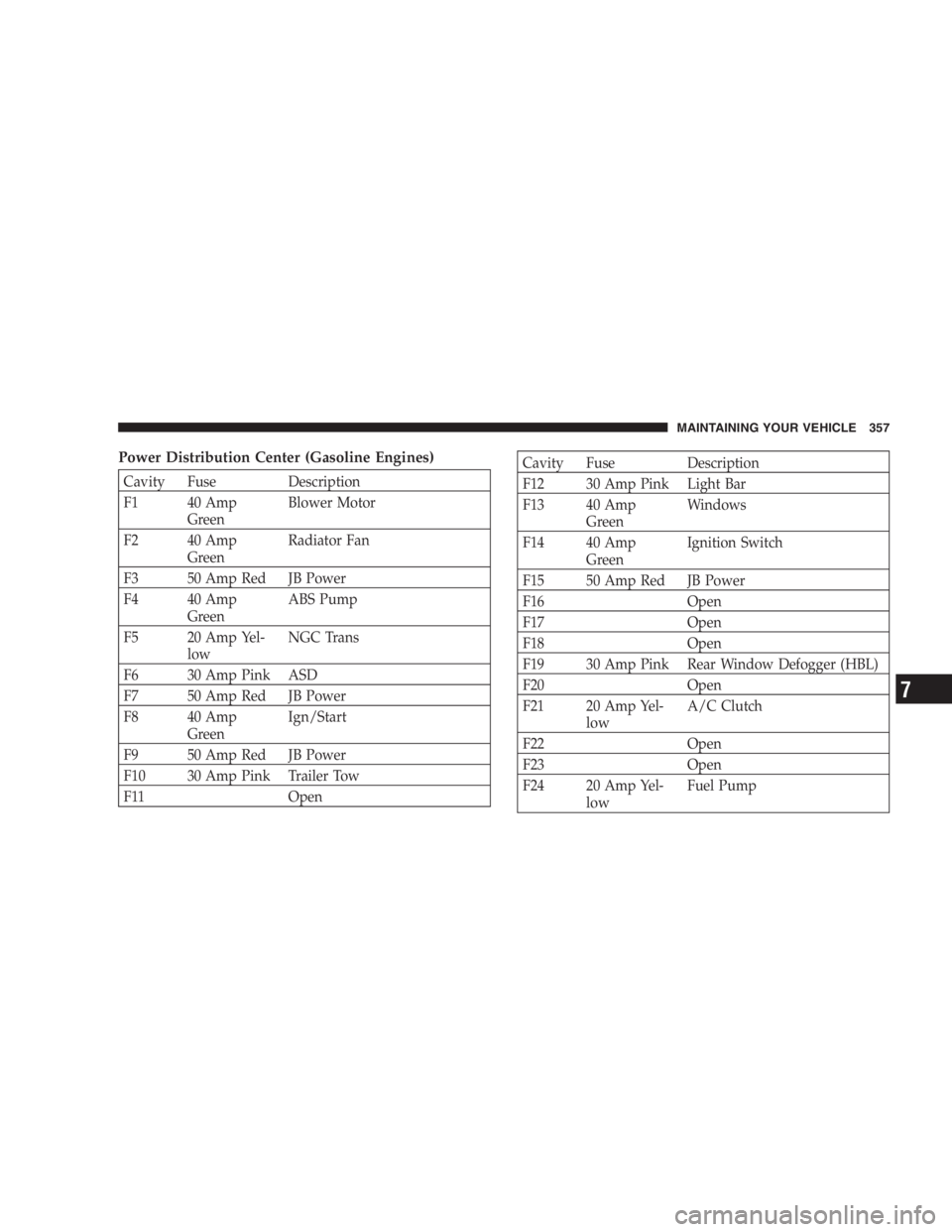
Replacing original tires with tires of a different size
may result in false speedometer and odometer readings.
To avoid damage to your vehicle or tires, observe the
following precautions:
•Because of restricted chain clearance between tires and
other suspension components, it is important that only
chains in good condition are used. Broken chains can
cause serious damage. Stop the vehicle immediately if
noise occurs that could indicate chain breakage. Re-
move the damaged parts of the chain before further use.
•Install chains on the rear wheels as tightly as possible
and then retighten after driving about1�2mile (0.8 km).•Do not exceed 30 mph (48 km/h).•Drive cautiously and avoid severe turns and large
bumps, especially with a loaded vehicle.
•Do not drive for prolonged period on dry pavement.•Observe the tire chain manufacturer’s instructions on
the method of installation, operating speed, and condi-
tions for use. Always use the lower suggested operating
speed of the chain manufacturer if different than the
speed recommended by the manufacture.
Page 358 of 1251
Page 359 of 1251
Do not load your vehicle any heavier than the
GVWR or the maximum front and rear GAWR. If
you do, parts on your vehicle can break, or it can
change the way your vehicle handles. This could
cause you to lose control. Also overloading can
shorten the life of your vehicle.
Page 360 of 1251
It is important that you do not exceed the maximum
front or rear GAWR. A dangerous driving condition
can result if either rating is exceeded. You could lose
control of the vehicle and have an accident.
Tongue Weight (TW)
The downward force exerted on the hitch ball by the
trailer. In most cases it should not be less than 10% or
more than 15% of the trailer load. You must consider this
as part of the load on your vehicle.
STARTING AND OPERATING 283
Trending: instrument panel, ignition, tow, brakes, Break lights, inflation pressure, garage door opener
